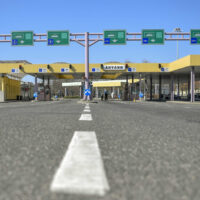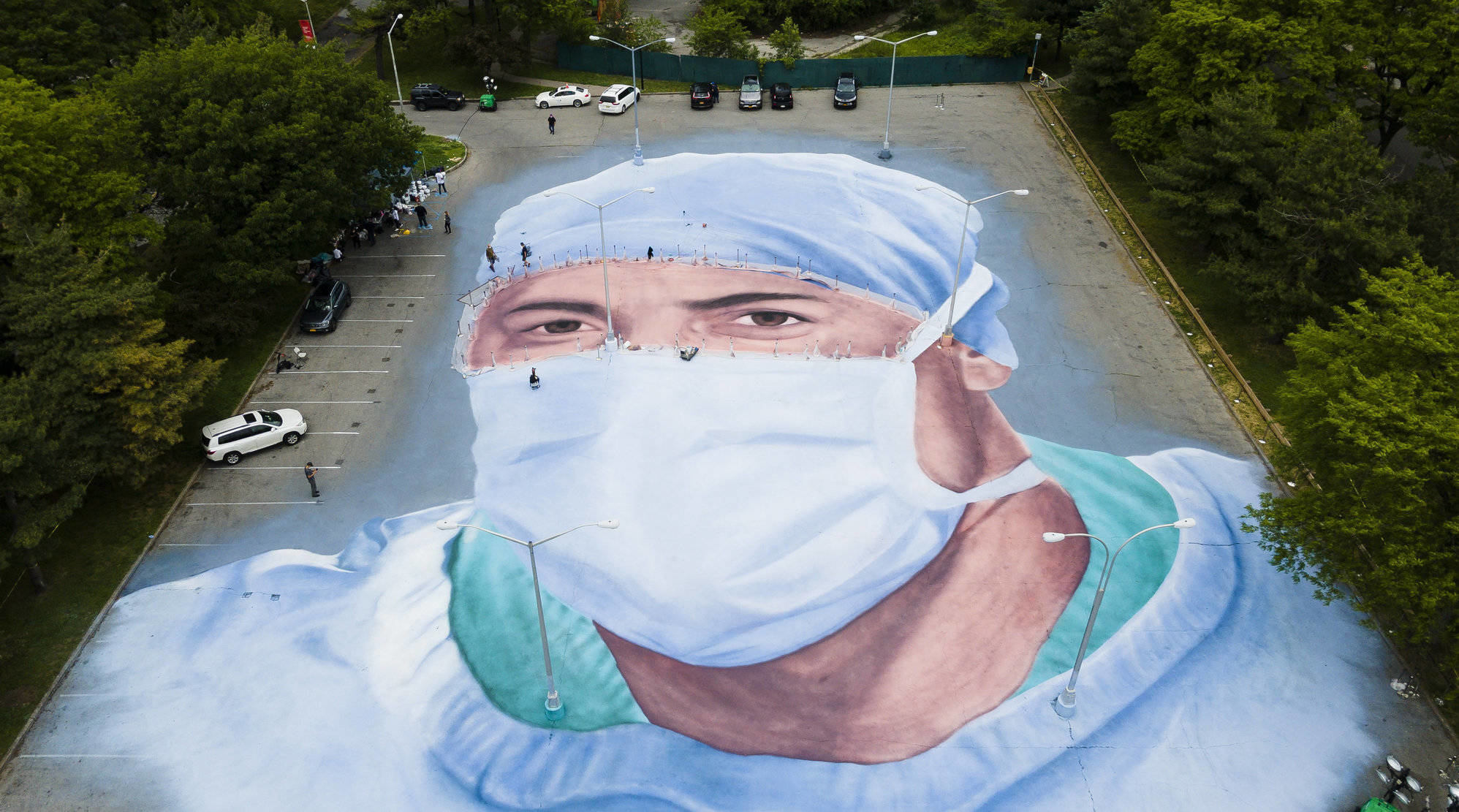Economists warn of risk of second COVID-19 wave as reopenings continue
Economists are warning of the rising risk of a second COVID-19 wave in the United States as reopening efforts continue across the nation.
“The re-opening of the economy without a vaccine always presented the obvious risk of a second wave, which is by far the largest risk to a steady economic recovery,” economists at Wells Fargo Securities Economics Group wrote Friday in a report.
“While the U.S. as a whole saw the slowest pace of new case growth since March on Tuesday, it was the very next day that Texas reported its highest one-day total of new cases since the pandemic began. This uptick in case growth has raised concern of a new wave of lockdowns,” the report said.

Read alsoFuneral honors George Floyd, Americans demand racial justice
Joseph Brusuelas, chief economist at accounting and consulting firm RSM US LLP, noted that COVID-19 cases per capita “are exploding across the South and Southwest.” with Texas now at major risk of a significant wave of infections and Arizona’s medical system at risk of being overwhelmed.
Based on extrapolation of the current rate of infection, the number of cases is likely to approach 2.2 million in the third week of June,” Brusuelas wrote Friday in an analysis.
“We are now concerned that a wave of infections will carry a second round of economic implications.”
Maria Cosma, an associate economist at Moody’s Analytics, warned that cases in the United States could rise to such a degree that national and local governments would re-institute lockdowns.
“This has already happened in several Asian countries, but aggressive quarantines, testing and contact tracing efforts have limited lockdowns to cities and regions, limiting the economic pain as well,” Cosma wrote Friday in a note.
“Even if governments avoid lockdowns, a resurgence of cases could rattle consumers and businesses, stifling demand,” she said.

Read alsoCOVID-19 research in Europe could lead to first doses of vaccine by autumn-winter, says Italian expert
U.S. Federal Reserve Chairman Jerome Powell also warned that a second wave of COVID-19 infections could hurt public confidence and economic recovery.
“Even if you don’t have a national level pandemic, just a series of local spikes could have the effect of undermining people’s confidence in traveling, in restaurants, and entertainment, anything that involves getting people together in small groups,” Powell said at a virtual press conference Wednesday afternoon. “It would not be a positive development.”
But U.S. Treasury Secretary Steven Mnuchin said on Thursday that the country cannot shut down the economy again even if there is another surge in COVID-19 cases.
“We can’t shut down the economy, again. I think we’ve learned that if you shut down the economy, you’re going to create more damage, and not just economic damage, but there are other areas,” Mnuchin said in an interview with CNBC.
Mnuchin also said he was prepared to return to Congress to request additional fiscal aid to help the economy and workers weather the pandemic.
“We’re prepared to go back to Congress for more money to support the American workers. So, we’re going to get everybody back to work,” he said.
Over 44 million initial jobless claims have been filed over the past 12 weeks as COVID-19-induced recession sent ripples through the U.S. labor market, according to the Labor Department.
A survey released by the National Association for Business Economics (NABE) on Monday also showed that over 80 percent of panelists viewed a second wave of COVID-19 as the greatest downside risk for the U.S. economy through 2020.
“The NABE panel remains decidedly pessimistic about the second quarter of the year, as 80% of participants view risks to the outlook tilted to the downside,” said NABE Outlook Survey Chair Eugenio Aleman.
Wells Fargo Securities Economics Group believed that the road to U.S. economic recovery will be long, and a second wave of the virus will only make it longer.
“By the end of this year, the U.S. economy will be about 5% smaller than it was at the end of 2019 on a real basis, and even by the end of 2021, we expect the level of real GDP will still be about 2.5% shy of the prerecession peak,” said the group.
Source: Xinhua
please make a donation here
Hot news
PHOTOS: Snow-covered regions in Hungary, starfall-like atmospheric optical phenomenon over Budapest
Paks Nuclear Power Plant expansion reaches new milestone
Zelensky’s adviser defends PM Orbán: Claims Hungarian leader is ‘not pro-Russian at all’
PHOTOS: Exclusive lounges at Budapest Airport reopened
Spectacular: Chain Bridge will be illuminated with red light on Sunday!
European Parliament condemns PM Orbán’s visit to Georgia





1 Comment
Way to go, U.S.A. !
Trump always said that the U.S. should be number 1 – but in stupidity ?